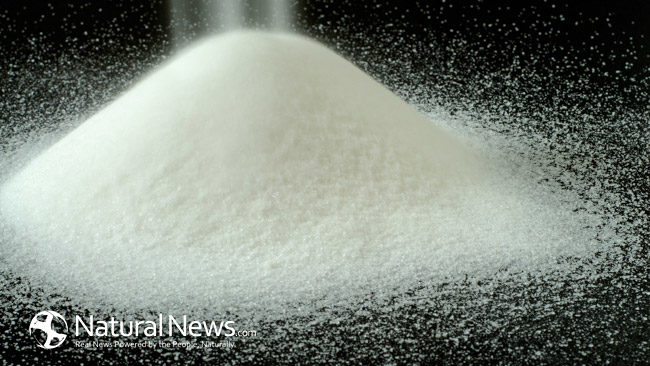Consumers may notice that when buying a “light” product containing aspartame, there is a label warning those who have phenylketonuria not to consume it. This is because artificial sweeteners are not simple carbohydrates like regular table sugar, but have a different chemical makeup (being a combination of aspartic acid and phenylalanine, or Phe) and are metabolized differently in the body. Many may see this as a commentary on the safety of aspartame in general (this has been called into question since it was first developed in 1965) but the warning remains specifically for those with this disorder.
What is Phenylketonuria?
Phenylketonuria is an unusual disorder of the metabolism. In order to develop it, a child must inherit a copy of a specific gene from each parent. Generally speaking, the parents in this instance have one correct and one incorrect gene, so while they are carriers for this disorder, they are not affected by it themselves. Many parents do not even realize that they are carriers.
Phenylketonuria and Aspartame
One of the symptoms of this disorder and it leaves the body with in ability to break down Phe (one of the main components of the aspartame). The first step in the breakdown process happens when Phe is converted to tyrosine, which is an amino acid. Amino acids are unique in that they cannot be stored by the body (the way it store carbohydrates) and it cannot be eliminated without it first being broken down into components parts. While the Phe can be converted to tyrosine, the enzymes of a person with phenylketonuria can only perform this step with partial success, and this leads to a build-up of the tyrosine in the body. High levels of tyrosine can in turn be toxic to the neurons of the brain and lead to severe mental disability if left untreated.
Diagnosis and Treatment
The biochemist and physician Asbjorn Folling first identified and named phenylketonuria and back in the days, diagnosis was done with a ferric acid test when the infant was around 8 weeks old (this, however, was often too late and the infant has usually already suffered brain damage). However, a test was later developed that could be performed as early as three days old; this heel-prick test is now a standard part of many neonatal testing.
There is no cure for this condition, and the best treatment remains a low-Phe diet. This is a highly restrictive diet which often involves get much of one’s nutrition from special formulas instead of regular meals and supplementing with low-protein food like fruits and vegetables.
Because of the nature of its components, products containing aspartame should never be a part of a diet for a person with this condition. It does not necessarily, however, reflect on the danger or safety of this product for the average consumer.
More From Mayimina
5 Foods and Herbs for Healing Cancer
6 Foods to Eat with Diabetes this Summer
6 Powerful Natural Alternatives To Antibiotics That Really Work





